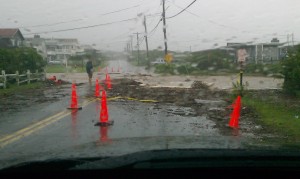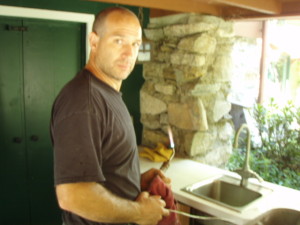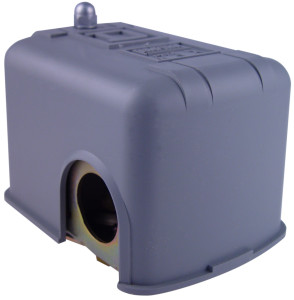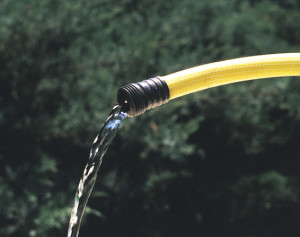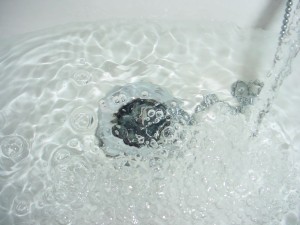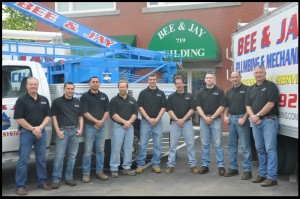Thinking about what to do with your tax refund this year? How about a bathroom mini facelift? Let Bee & Jay help you go from drab to fab, with a few simple and inexpensive changes like a new faucet, vanity top, sink and accessories.
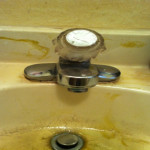
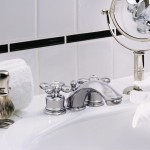
Still have an old 3.5 gallon per flush toilet? Upgrade to a new 1.6 water saver and cut costs across the board. How about a comfort height toilet with a removable toilet seat for easy cleaning?
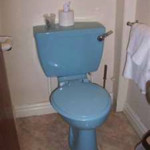
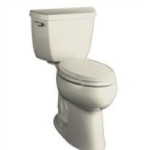
Is your tub stuck in the 70’s or peeling, but you’re afraid of being without a shower for a week? How about installing a new Sterling tub and shower walls? Most installations can be done in a day or two. While you’re at it treat those tired muscles to a long hot massage in the comfort of your own home with a new multi- function shower head and/or handheld. Handhelds make bathing the kids or animals a breeze. Even the dreaded cleaning of the tub can be made easier with a handheld.
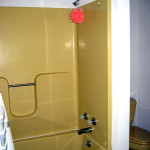
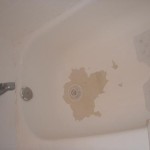
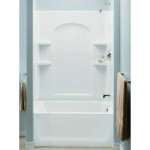
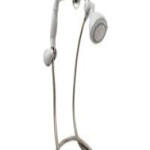



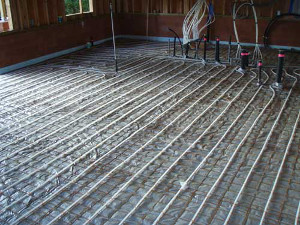
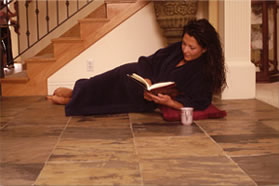
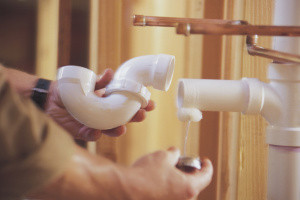

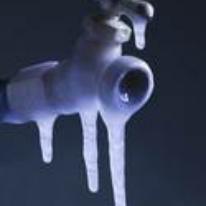 If you live in your home throughout the winter, there should be little need to winterize your plumbing. However, there may be places that are subject to freezing in crawl spaces or in pipes in poorly insulated exterior walls. Freezing water in a pipe under pressure can cause the pipe to burst which has severe damage potential (think about what’s under those pipes). For these areas simple insulation and/or heat tape may do the trick. Generally, you should not worry too much about freezing in drain pipes, except in the traps, beneath sinks, tubs, and showers, they do not hold enough water to cause damage if frozen.
If you live in your home throughout the winter, there should be little need to winterize your plumbing. However, there may be places that are subject to freezing in crawl spaces or in pipes in poorly insulated exterior walls. Freezing water in a pipe under pressure can cause the pipe to burst which has severe damage potential (think about what’s under those pipes). For these areas simple insulation and/or heat tape may do the trick. Generally, you should not worry too much about freezing in drain pipes, except in the traps, beneath sinks, tubs, and showers, they do not hold enough water to cause damage if frozen.